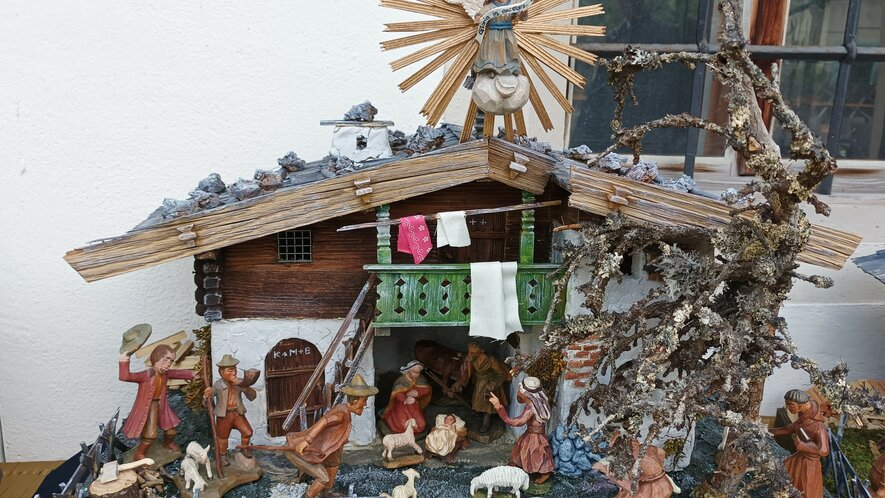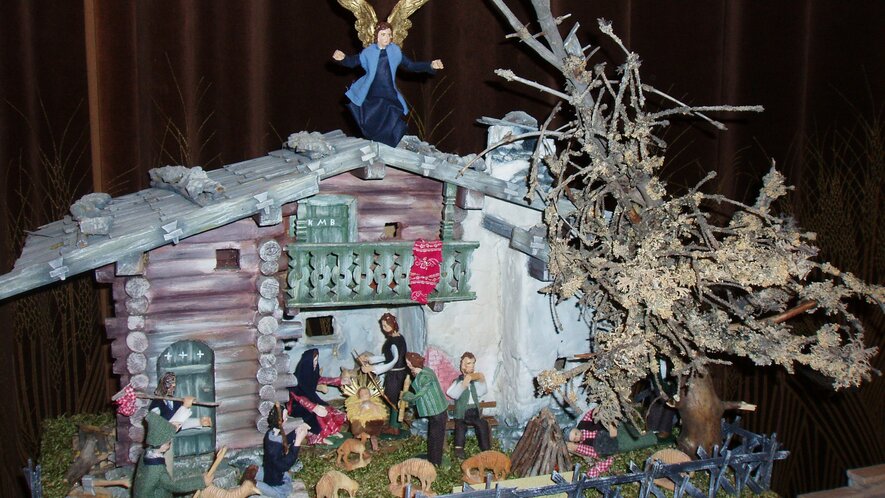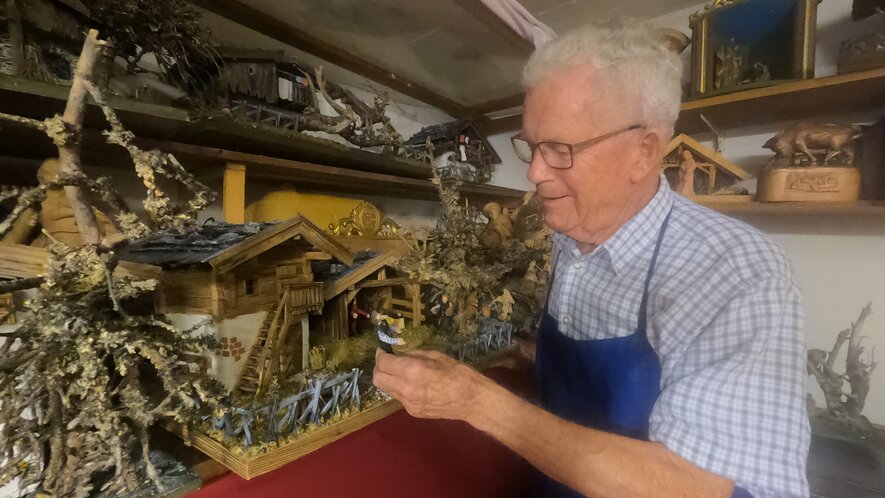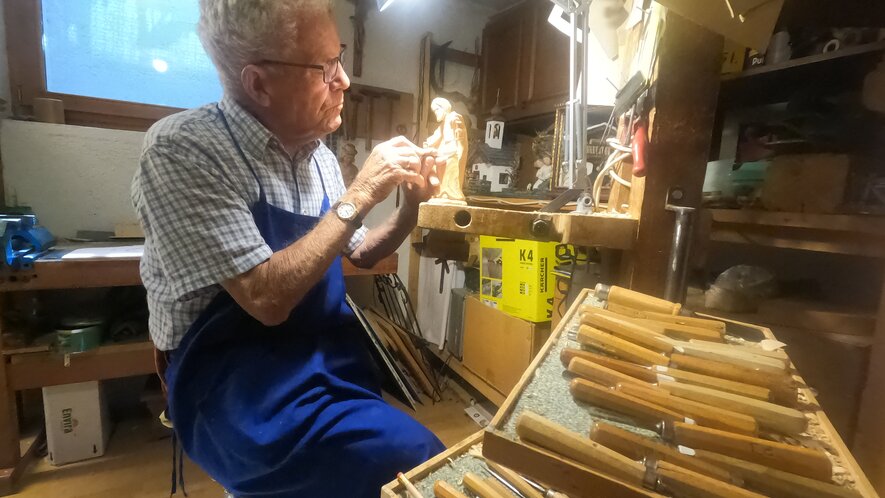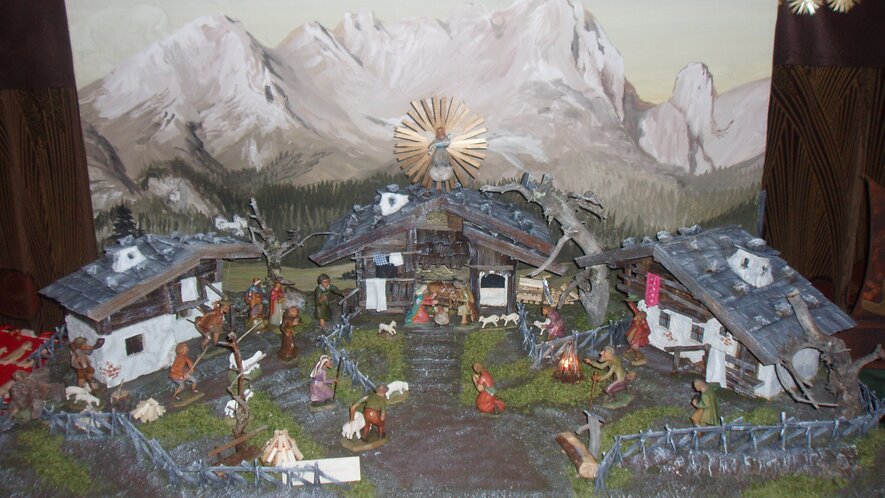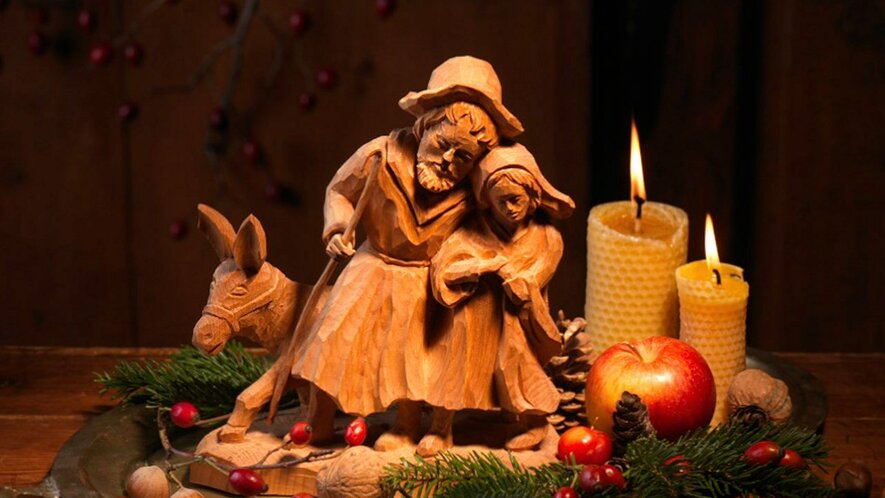The great art of making the traditional nativity scene
It is snowing outside, the smell of homemade cookies and a cup of tea in the hand - that is Christmas for me. But no Christmas without a Christmas crib. The creation of the crib is a special moment for many and is happily shared with the family. However, what is our nativity scene really about and where does it come from?
Origin of the crib
St. Francis of Asissi built the first nativity scene in 1223 in the forest near the monastery of Greccio in Asissi. He was already trying to present the Christmas story in an understandable way. Years later, churches and noble houses put up the expensive works of art. Ordinary families could usually only afford the cheap paper cribs.
Building cribs with childhood memories
I still remember how I, as many others, always was allowed to create my own nativity scene for Christmas. It got the place next to our dining table so we could admire it every day. On Christmas Eve, the time had come. I placed baby Jesus in his manger. Now the Holy Family was finally complete. Next to the family stood self-made shepherds, a few sheep, and even a small lantern could be discovered. Whenever I looked at the manger, I imagined how it must have been - back then, more than two thousand years ago. Not everyone has a self-made crib. The reason why I have one and who taught me how to build it, I will tell you below.
My granddad, the crib builder
As a child everyone likes to be with their grandparents. Like most kids, I can proudly say that mine are by far the coolest. My granddad is a crib builder! Even as a child I was allowed to assist him in his workshop and even build my own "little house". But today it is not about me, but about my granddad Peter Innerhofer. Today we will learn why he builds cribs, how long it takes and what he is particularly proud of. I am also very curious to hear what he has to say.
The first attempts
My granddad Peter was inspired by the famous crib maker in Saalfelden Xandi Schläffer. Fascinated by his work, he also tried to learn the art of building cribs. So, what better place to start than with the master himself? As it had to happen, he spent many hours with him in the workshop. Together they even climbed 2.000 meters above sea level to collect the small trees for the cribs.
Orient instead of Pinzgau stable
Nativity scenes are not solely set up here. There are nativity scenes all over the world and in the most diverse shapes and colours. During our conversation I once again realize that Jesus was in fact born in Bethlehem. There was no stable there as we imagine it. Therefore, oriental nativity scenes portray reality better. Yet, why always stick to reality when ours can be just as beautiful? Either way, I am very pleased with how our cribs look.
The work was worth it
After many weeks of work, a crib is finally finished. It is hard to say exactly how long it takes to make a nativity scene. It always depends on the size and style of the little works of art. The cribs my grandfather Peter built were sold in Austria, Germany, Switzerland and even in America. He donated one to a church in Romania, and another came to Cyprus to the soldiers on the Golan. What he is particularly proud of, is an award he received for a crib he submitted 25 years ago: the most beautiful crib in Austria. This was subsequently donated to Caritas and can now be found in the retirement home in Klosterneuburg.
Until next year
Traditionally, the crib is taken down again at the last festival of the Christmas season: at Maria Lichtmess. Candlemas is 40 days after December 25., which is February 2. This period is derived from the Judeo-Christian tradition and is also used as the length of Lent.
Now you know a little about where nativity scenes come from and what my granddad does. To me, nativity scenes are something very special and are important during the Christmas season.
Photos: saalfelden-leogang.com



